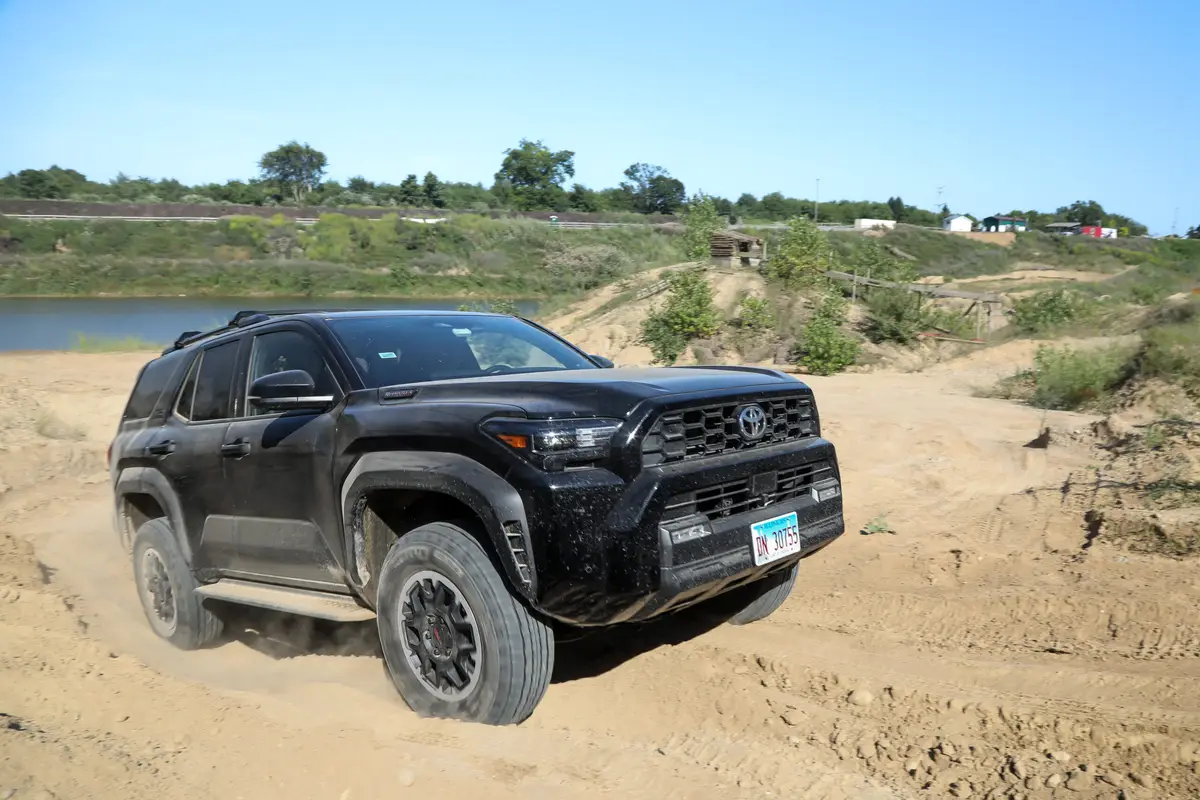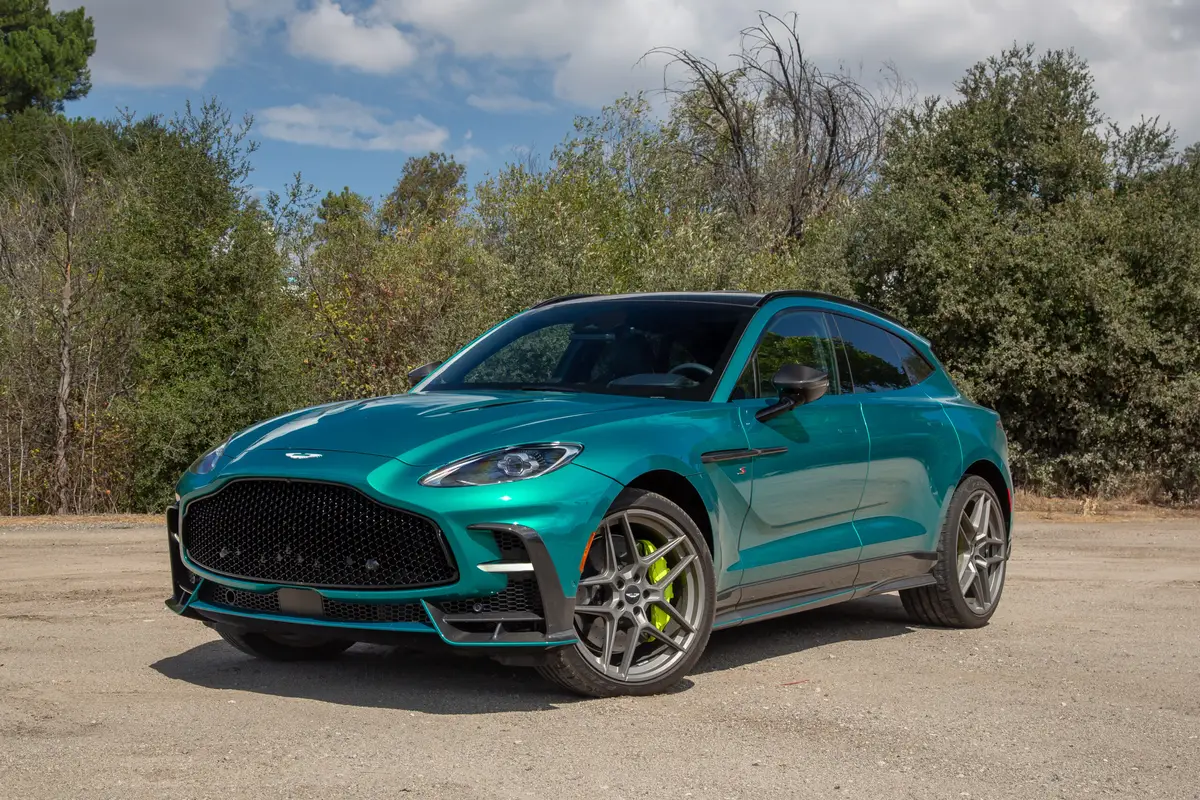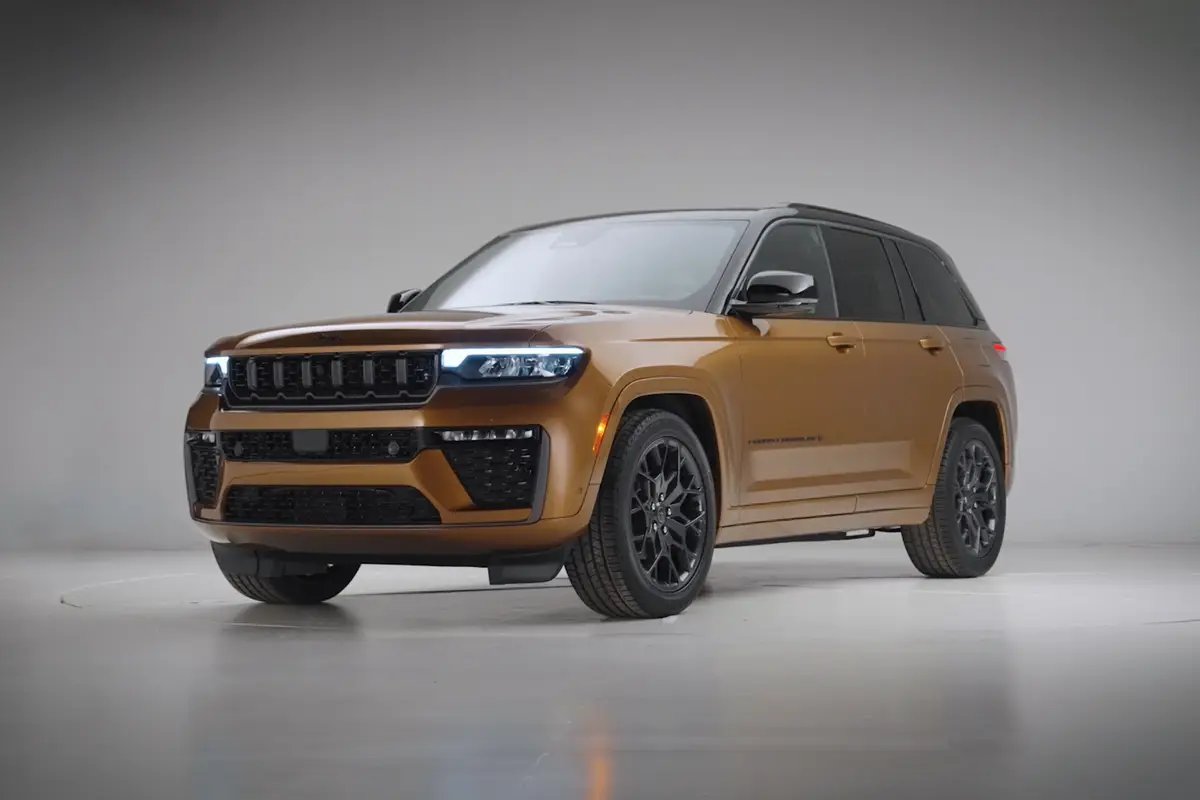2004 Mitsubishi Lancer Sportback: What's New
Vehicle Overview
Billed by Mitsubishi as “a rally car for today,” this five-door hatchback version of the Lancer sedan is new to the U.S. market for 2004. The 2.4-liter four-cylinder engine, constructed with Mitsubishi Innovative Valve timing and lift Electronic Control (MIVEC), produces 160 horsepower. In street-tuner Ralliart form, the engine ekes out an extra 2 hp. Competitors in the compact sport wagon field include the Ford Focus and Subaru Outback Sport.
Offered in LS and Ralliart trim levels, the Lancer Sportback gets a driver-adaptive four-speed-automatic transmission and all-disc brakes. The Ralliart edition is fitted with a lower body kit, sport seats, a small spoiler, a sport suspension and low-profile 16-inch tires.
The compact Lancer was introduced for 2002 but not developed as an economy car. Instead, the front-wheel-drive sedan had a competition background that evolved from the Lancer Evolution World Rally Car. In addition to ES, LS and O-Z models, the Lancer sedan lineup includes a high-performance Lancer Evolution.
Exterior
Mitsubishi says the styling of each Lancer body type is European inspired. The fender lines are relatively high, and sharp edges blend with soft curves. The Lancer Sportback contains unique reinforcements to compensate for the lack of a rear bulkhead. All Lancers get a restyled front end with integrated bumpers for 2004.
As in the Lancer sedan, a four-wheel-independent suspension uses front struts and a rear multilink configuration in the Sportback model. The suspensions are tuned for comfort on the LS and more aggressive cornering on the Ralliart.
Alloy wheels hold 16-inch tires on the Ralliart edition, but the LS version gets 15-inch tires on steel wheels. In addition to the specially tuned sport suspension, the Ralliart features fog lamps, a sport-type grille insert, lower body kit moldings and color-keyed power mirrors; halogen headlights feature dark lenses.
Interior
Five people fit inside the Lancer Sportback. A low instrument panel and belt line help with visibility, and a high hip point for the seats should ensure easier entry and exit.
Standard equipment in the LS includes air conditioning, black wood accent panels, a tilt/height-adjustable steering column, remote keyless entry, a 140-watt four-speaker audio system with a CD player, and a 60/40-split reclining rear seat with a center armrest. Power windows, locks and mirrors are standard. A Preferred Equipment package includes roof rails, color-keyed mirrors, alloy wheels and cruise control.
The Ralliart’s interior contains carbonlike accent panels, a leather-wrapped gearshift knob and brake handle, a sport-touch steering wheel with cruise control, a cargo cover and a six-speaker stereo system. Sport front bucket seats and rear headrests are installed.
Under the Hood
The LS trim’s 2.4-liter single-overhead-cam four-cylinder engine develops 160 hp and 161 pounds-feet of torque. The ratings under the Ralliart’s hood are 162 hp and 162 pounds-feet of torque. When the MIVEC system is installed, the accelerating engine switches to a higher cam profile at 3,600 rpm. Both models use a four-speed-automatic transmission that incorporates driver-adaptive shift control. The same engine is used in both the Ralliart edition of the Lancer sedan and the company’s Outlander sport utility vehicle.
Safety
Side-impact airbags and antilock brakes are standard on the Ralliart edition but are not available on the LS. The front seat belts have pretensioners and force limiters.
Featured stories


2026 Aston Martin DBX S Review: Excellence in (DB)X S


